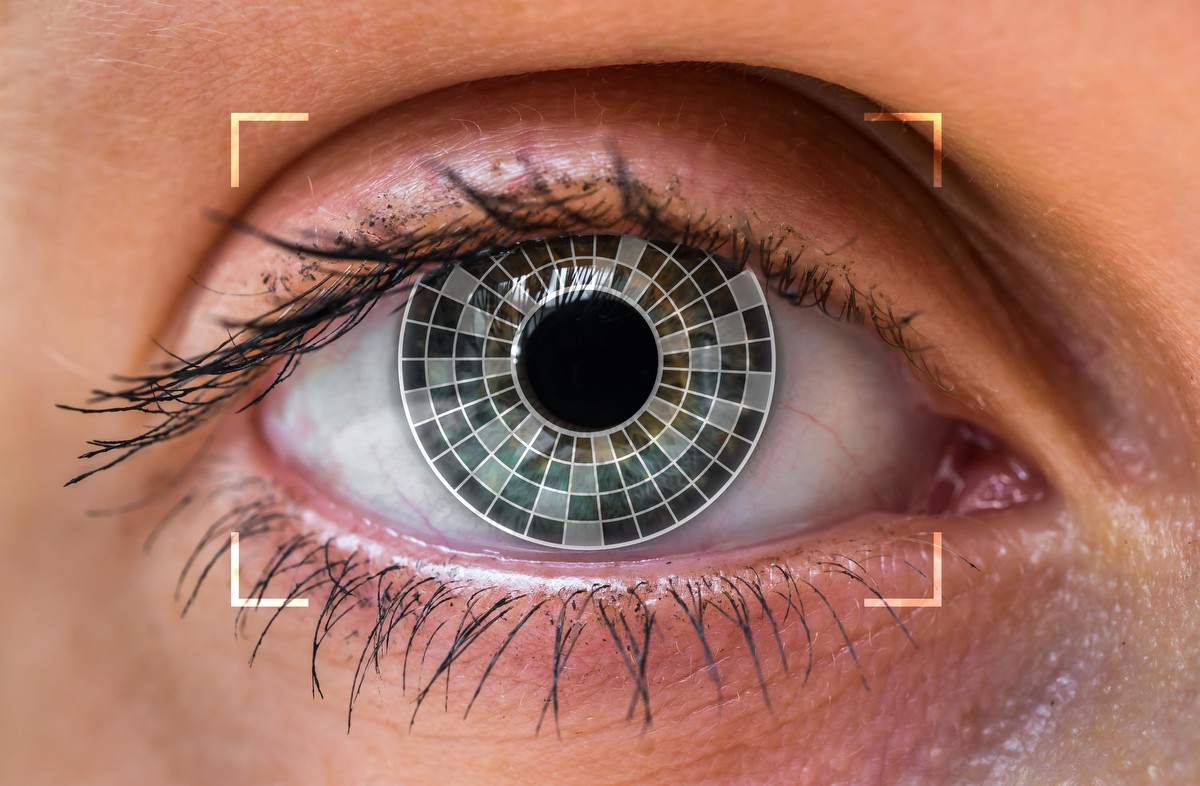10 AI use cases for face datasets
Facial recognition datasets can fuel a variety of innovative and functional applications across different domains.

Here are several potential use cases for facial recognition datasets:
1. Security and Surveillance
Access Control: Facial recognition can be used to control access to secure areas, such as corporate buildings, government facilities, and residential complexes.
Video Surveillance: Enhancing security cameras with facial recognition can help in monitoring public spaces and identifying individuals of interest in real-time.
2. Law Enforcement
Criminal Identification: Law enforcement agencies can use facial recognition to identify suspects or find missing persons by matching faces against a database of known individuals.
Investigative Analysis: Facial recognition can assist in analyzing video footage to identify potential witnesses or suspects during investigations.
3. Healthcare
Patient Verification: Hospitals and clinics can use facial recognition for patient identification to reduce fraud and ensure the right patient receives the correct treatment and medication.
Remote Patient Monitoring: Facial recognition can facilitate the remote monitoring of patients, analyzing facial expressions to detect pain levels or emotional states.
4. Retail
Customer Experience: Retailers can use facial recognition to identify returning customers and tailor experiences, offers, or services based on individual preferences and purchasing history.
Theft Prevention: Facial recognition can help in identifying shoplifters or individuals with a history of retail theft.
5. Finance and Banking
Authentication: Financial institutions can employ facial recognition as a part of multi-factor authentication processes for secure access to accounts and transactions.
ATM Transactions: Facial recognition can be integrated into ATMs to enhance security and allow cardless transactions.
6. Travel and Hospitality
Airport Security: Airports can deploy facial recognition for identity verification at check-in, security, and boarding, expediting processes and enhancing security.
Hotel Check-In: Hotels can utilize facial recognition for seamless and contactless check-in experiences, improving customer service.
7. Education
Attendance Tracking: Educational institutions can leverage facial recognition for automating attendance tracking, reducing administrative burden and errors.
Exam Proctoring: Online proctoring solutions can use facial recognition to ensure the identity of students taking online exams and prevent cheating.
8. Automotive
Driver Monitoring: Facial recognition can be used in vehicles to monitor driver alertness and prevent accidents due to drowsiness or distraction.
Vehicle Access: Facial recognition can replace or augment traditional key-based access systems, allowing drivers to unlock and start their vehicles using their face.
9. Social Media and Entertainment
Photo Tagging: Social media platforms use facial recognition to suggest tags for uploaded photos, streamlining the tagging process.
Personalized Content: Entertainment platforms can utilize facial expression analysis to gauge user reactions to content and provide personalized recommendations.
10. Know Your Customer (KYC)
Customer Onboarding: (KYC) processes leverage facial recognition technology to verify the identities of individuals, enhancing the accuracy and security of customer onboarding.
Identity Validation: Facial recognition facilitates seamless and reliable identity validation, reducing the risk of fraudulent activities and ensuring compliance with regulatory requirements.
Conclusion
The applications of facial recognition are vast and varied, spanning across sectors and offering solutions that range from enhancing security to improving customer experiences. The integration of facial recognition technology, powered by robust and diverse datasets, holds the promise of making numerous processes more efficient, secure, and personalized.
